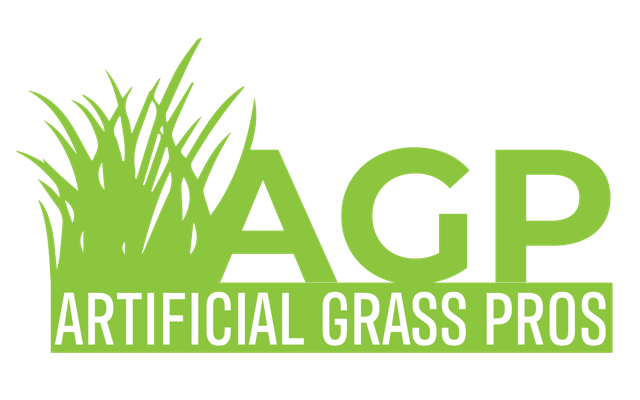Artificial grass has gained popularity for its aesthetic appeal, low maintenance, and significant environmental benefits. As sustainability becomes a growing concern, more homeowners and businesses are turning to synthetic turf as an eco-friendly alternative to natural grass. Here are some of the key environmental advantages of installing artificial grass.
1. Water Conservation
One of artificial grass’s most compelling environmental benefits is its ability to conserve water. Natural grass lawns require regular watering to stay green and healthy, especially in hot and dry climates. This can lead to substantial water usage, contributing to water shortages and high utility bills. In contrast, artificial grass requires no watering except for occasional rinse to remove dust and debris. By installing synthetic turf, homeowners can significantly reduce their water consumption, helping to conserve this precious resource and promote sustainability.
2. Reduced Use of Chemicals
Maintaining a natural grass lawn often involves using various chemicals, including fertilizers, pesticides, and herbicides. These substances can harm the environment, contaminate soil and water sources, and threaten wildlife and human health. Artificial grass eliminates the need for these chemicals, creating a safer and more eco-friendly outdoor space. Without the reliance on chemical treatments, synthetic turf helps reduce pollution and protect the surrounding ecosystem.
3. Lower Carbon Footprint
Caring for a natural grass lawn typically requires regular mowing, using gas-powered lawnmowers. These mowers emit carbon dioxide and other pollutants, contributing to air pollution and greenhouse gas emissions. By switching to artificial grass, you can eliminate the need for mowing, reducing your carbon footprint. Additionally, the production and installation of synthetic turf have become more energy-efficient and environmentally friendly over the years, further minimizing its impact on the planet.
4. Decreased Soil Erosion
Natural grass lawns can suffer from soil erosion, particularly in areas with heavy rainfall or steep slopes. Soil erosion can lead to the loss of fertile topsoil, negatively impacting plant growth and contributing to water pollution. Artificial grass provides a stable ground cover that helps prevent soil erosion. The durable backing and infill materials used in synthetic turf installations create a protective barrier, keeping the soil in place and reducing erosion risk. This can be particularly beneficial in landscaping projects where maintaining soil integrity is crucial.
5. Waste Reduction and Recycling
Modern artificial grass products are designed with sustainability in mind, often incorporating recycled materials in their construction. Additionally, many synthetic turf options are recyclable at the end of their lifespan, reducing waste in landfills. By choosing artificial grass, you support using recycled materials and contribute to waste reduction efforts. Manufacturers are continually improving the recyclability of synthetic turf, making it an increasingly eco-friendly choice for environmentally conscious consumers.
6. Long-Term Durability
The longevity of artificial grass is another environmental advantage. High-quality synthetic turf can last 15 to 20 years or more with minimal maintenance. This durability means that once installed, artificial grass does not need to be replaced as frequently as natural grass, which may require reseeding, patching, and other maintenance efforts. The long lifespan of synthetic turf reduces the demand for new materials and the environmental impact associated with manufacturing and transportation.
In conclusion, installing artificial grass offers numerous environmental benefits, from conserving water and reducing chemical use to lowering your carbon footprint and preventing soil erosion. The durability and recyclability of modern synthetic turf further enhance its eco-friendly appeal. By opting for artificial grass, you can create a beautiful and sustainable outdoor space that contributes to environmental conservation and promotes a greener future.

Recent Comments